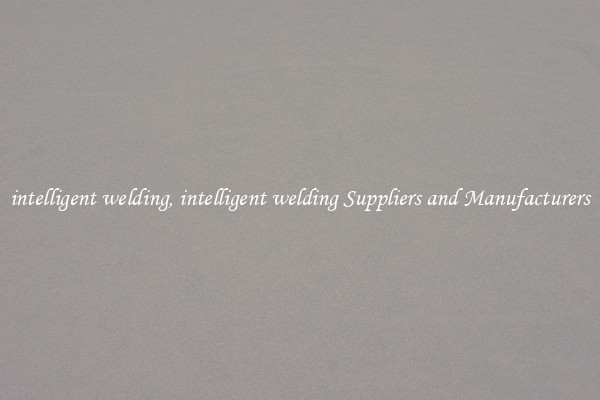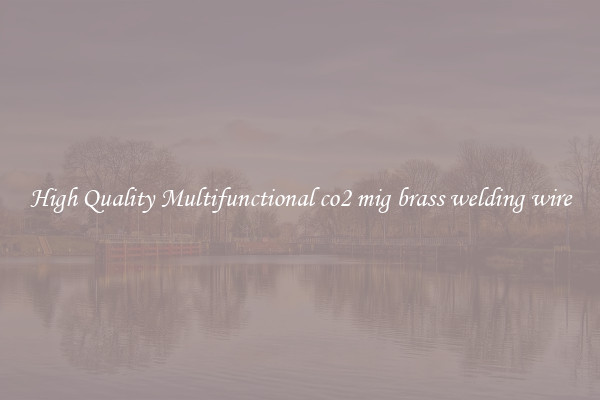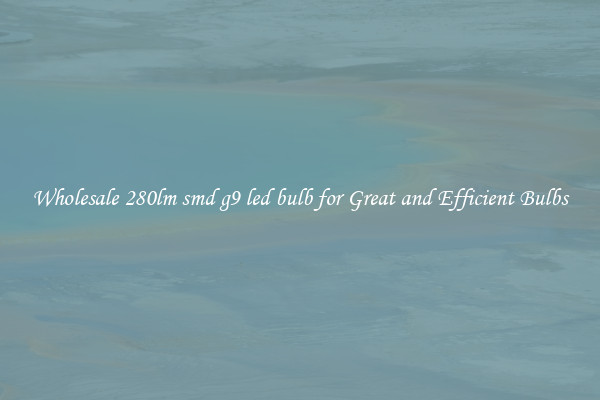Efficient welding aluminium tig for the Perfect Welds
Efficient Welding Aluminum TIG for Perfect Welds
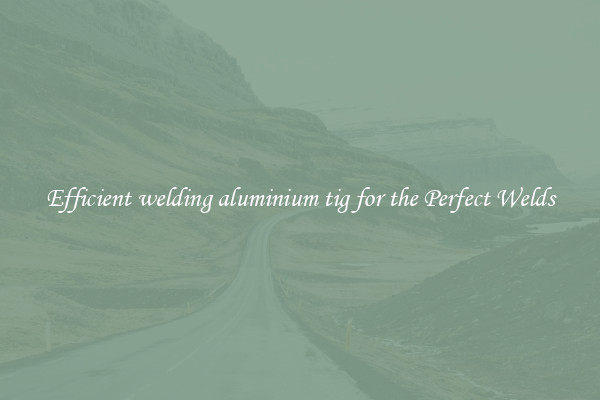
Welding aluminum can be a challenging task, as it requires precision and attention to detail to achieve perfect welds. The TIG (Tungsten Inert Gas) welding method is known for its ability to produce clean and high-quality welds in aluminum. By following some key techniques and tips, you can ensure efficient welding and create flawless welds.
One crucial aspect of welding aluminum is the cleanliness of the metal. Unlike other metals, aluminum forms an oxide layer when exposed to air. This oxide layer can prevent proper bonding and lead to weak and contaminated welds. Before starting the welding process, it is essential to thoroughly clean the aluminum surface with a stainless steel brush or chemical cleaner. This will remove the oxide layer and ensure a clean welding area.
Another important factor in achieving efficient aluminum welds is selecting the correct TIG welding equipment. The TIG welding machine should have a dedicated AC/DC power source with high-frequency start and excellent arc stability. Additionally, using a high-quality TIG torch with precise control over the shielding gas flow is essential. Argon gas is commonly used as a shielding gas for aluminum TIG welding, as it provides excellent protection against oxidative damage.
One of the critical aspects of aluminum TIG welding is controlling the heat input. Aluminum has a high thermal conductivity, which means the heat dissipates quickly. It is essential to strike a delicate balance between maintaining enough heat to ensure proper weld penetration while preventing overheating, which can lead to distortion or burn-through. This can be achieved by adjusting the TIG welding machine's amperage settings and maintaining a consistent travel speed.
Another technique to ensure efficient aluminum TIG welding is using the correct filler metal. When welding aluminum, it is crucial to use the same or compatible alloy filler wire to achieve optimum strength and prevent cracking. Typically, a 4043 or a 5356 aluminum alloy filler wire is recommended for general-purpose applications. Choosing the right filler metal will ensure proper fusion and minimize the risk of weld defects.
Lastly, having a steady hand and good control over the TIG torch is essential for producing perfect welds. Maintaining a consistent welding technique, such as a push or pull motion with a slight tilt angle, can help achieve a uniform and aesthetic appearance. Additionally, ensuring proper cleanliness throughout the welding process, such as regular tungsten and nozzle cleaning, is crucial for achieving consistent results.
In conclusion, efficient aluminum TIG welding requires attention to detail, proper equipment, and specific techniques. By following the tips mentioned above, you can achieve perfect welds with excellent strength and aesthetic appeal. Remember to clean the aluminum surface, select the right equipment and filler metal, control the heat input, and maintain a steady hand. With practice and patience, you can become proficient in aluminum TIG welding and create flawless welds.

View details

View details

View details
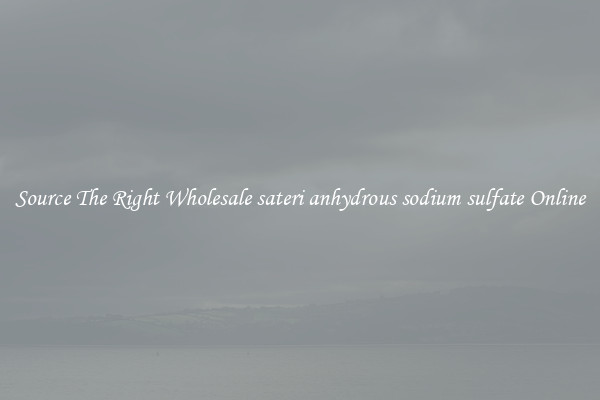
View details
